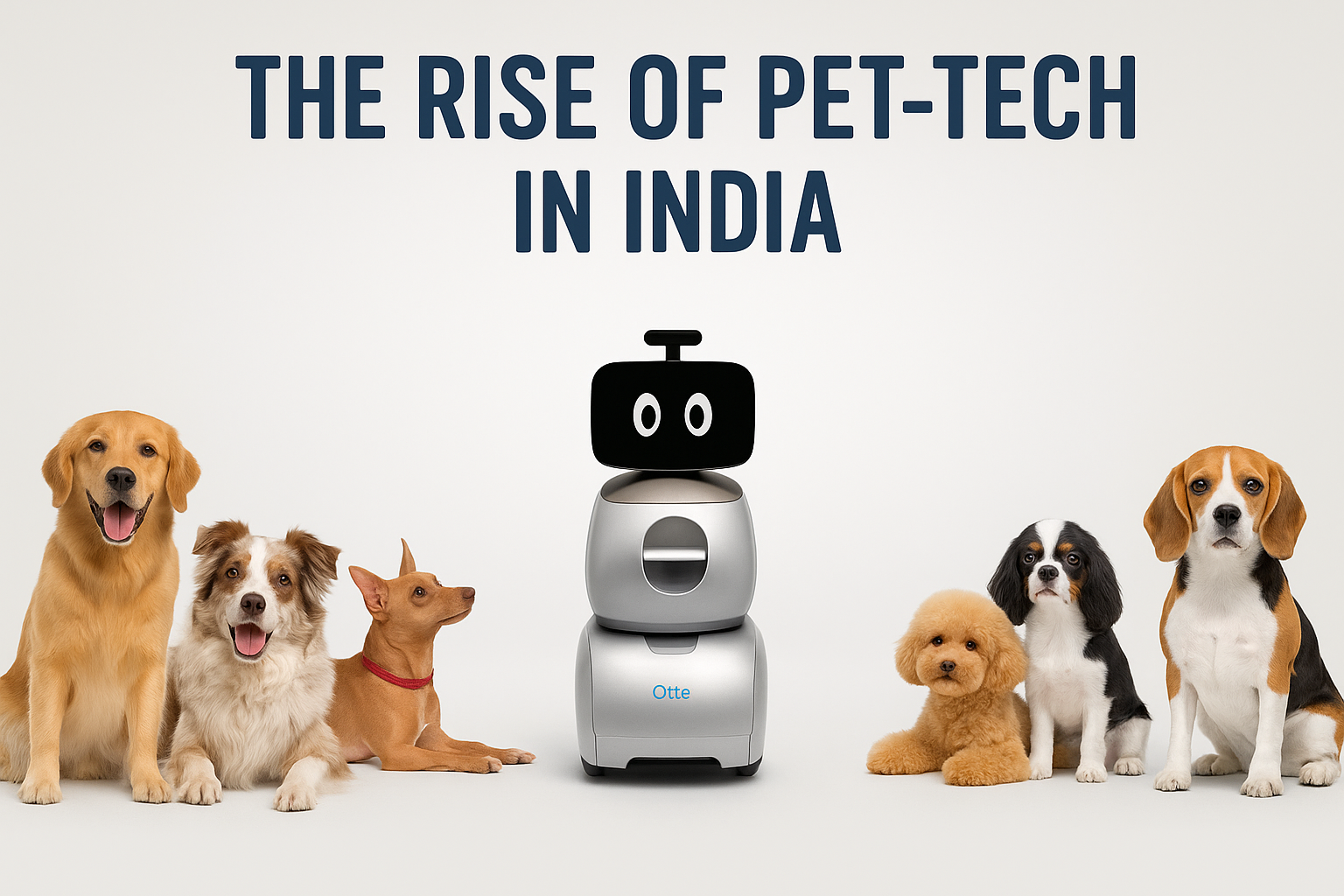As pet parents become increasingly mindful of what goes into their furry companions’ bowls, there’s a rising interest in ancient grains like millets. Once a staple in traditional Indian kitchens, millets are now finding their way into premium pet foods and holistic diets. But is millet actually good for your pet? And more importantly, is it recommended? Hashtag Magazine gives you a lowdown…
What Are Millets?
Millets are a group of small-seeded grasses that are naturally gluten-free, high in fibre, and rich in essential minerals like iron, magnesium, and phosphorus. They include varieties like ragi (finger millet), foxtail millet, pearl millet (bajra), and little millet—each offering its own set of nutrients.
Why Millets Are Good for Pets
1. Gentle on the Tummy
Millets are easy to digest and can be helpful for pets with sensitive stomachs or food allergies. Unlike wheat or corn, millets are less likely to trigger gluten-related sensitivities.
2. Rich in Nutrients
Millets offer a rich source of natural vitamins and minerals, including B-complex vitamins, iron for maintaining blood health, magnesium for supporting nerve function, and phosphorus for strong bones.
3. Fibre-Rich and Low-Glycemic
For pets needing weight management or diabetic care, millets can help. They provide sustained energy release without sudden spikes in blood sugar, and their fibre content supports healthy digestion.
4. Supports a Balanced Diet
When used in moderation alongside protein-rich foods, millets can help balance a pet’s carbohydrate intake especially in home-cooked or vegetarian pet diets.
5. Sustainable and Local
Millets are a climate-resilient, low-resource crop, making them a planet-friendly addition to your pet’s diet. Supporting millet-based pet food also encourages local farmers and sustainable agriculture.
Points of Caution
While millets are beneficial, they are not without caveats:
- Pets are primarily carnivores, especially cats. Millets should not replace protein sources, but can act as a supportive ingredient.
- Overfeeding millets may lead to gas or nutrient malabsorption due to natural compounds like phytates.
- Always cook or puff millets before serving, as raw grains are difficult for animals to digest.
- Start small, introduce millet gradually and monitor your pet’s response.
Is It Recommended?
Yes, millets are recommended but with balance and care.
Veterinarians and holistic pet nutritionists often include millets in diets for:
- Dogs with food allergies
- Pets with obesity or diabetes
- Senior pets needing gentle grains for digestion
- Owners seeking locally sourced, natural ingredients
However, consult your vet before making major changes to your pet’s diet, especially for cats, puppies, kittens, or pets with existing health conditions.
Final Word: A Grain Worth Considering
Millets offer a smart, wholesome way to enrich your pet’s diet but they work best as part of a varied, vet-approved meal plan. Whether in the form of millet-based kibble or a spoonful of cooked ragi added to your dog’s bowl, this humble grain packs surprising health benefits for pets.
Blurb: Think of millets as a side dish not the main course and your pet will reap the best of both worlds.

































